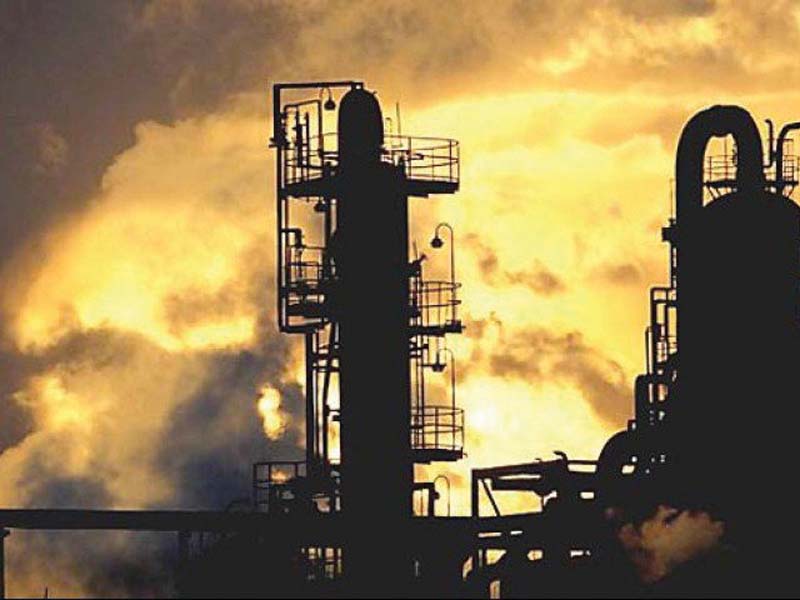
KARACHI:
Pakistan’s oil refineries are enjoying “healthy margins” despite the steep drop in crude price, which has shaken strong economies and pushed other players in the oil supply chain to the brink, a top industry official said.
“Refineries process crude to make consumer-end petroleum products like petrol and furnace oil, which have not seen a decline in demand,” said Pakistan Refinery Limited CEO Aftab Husain.
UAE refinery to pump $500m into Pakistan
“Some of the country’s peculiar economic factors like increase in sale of vehicles on the back of a growing population have also fuelled demand for petroleum products,” he added.
“Surely, oil price has come down. Price of petroleum products has also declined in tandem. But the difference between the two continues to be in our favour,” said Husain, referring to the refining margin.
Three of the four refineries in Pakistan announced losses in July-September quarter of 2015-16. But that has not subdued hopes for a recovery in the following months. (Financial results for October-December quarter are due)
UAE Sheikh invests $5.4 million in Pakistan-based start-up
Husain said the shortage of alternate auto fuel – compressed natural gas – and lower hydro power generation in winter meant petrol and furnace oil demand would not be affected. “If you look at the trend of petrol price in Pakistan, it has been price inelastic. Demand was growing in double digits when petrol was priced at over hundred rupees a litre.”
Petrol consumption continues to grow at a rate of 11% to 12% a year.
The fall in crude oil price has also been a blessing for refineries as far as their financial expenses are concerned.
Buying crude oil shipments involves hundreds of millions of dollars, which have to be borrowed from banks. “Obviously, pressure is off from our credit lines and interest payments have come down,” Husain said.
How Askar became the sixth largest oil marketer
While in any other industry this would have led to a surge in investment to increase capacity, the uncertainty over the oil price cycle would probably not allow refineries to increase fixed expenditure.
Domestic crude oil production
Over the years, crude oil production in Pakistan has risen on the back of discoveries in Khyber Pakhtunkhwa (K-P) to near 100,000 barrels per day (bpd) from the historical average of 65,000 bpd.
Even this led the country, which continues to remain a net oil importer, to resume crude oil export in 2014.
In fiscal 2014-15, Pakistan exported 457,541 tons of crude oil, a growth of 582% over previous year, according to the Pakistan Bureau of Statistics.
Consumers start looking for more gas supplies than oil
Export quantities have since then come down with the slide in oil price, but it has encouraged some refiners to talk about processing the domestic crude instead of exporting it.
“Unless petroleum producers could assure continuation of supply from wells, investment in capacity expansion would remain a risky endeavour for refiners,” noted Husain.
Attock Refinery Limited (ARL) is the sole refinery which relies entirely on domestic crude supplies.
The design of oil refineries is configured to process specific crudes like Brent or Light Arab Crude. Changes in the configuration requires heavy investment, often out of the reach of small refineries.
Attock is installing a plant to process 10,000 bpd of additional condensate - the refinery is already under a 70-day turnaround to implement the project. A 10,000 bpd facility costs nearly $40-$50 million.
The writer is a staff correspondent
Published in The Express Tribune, January 11th, 2016.
Like Business on Facebook, follow @TribuneBiz on Twitter to stay informed and join in the conversation.



































































COMMENTS (3)
Comments are moderated and generally will be posted if they are on-topic and not abusive.
For more information, please see our Comments FAQ